Discover Somatic Experiencing: A life-changing approach to healing that unlocks the change within the client

When clients have experienced traumatic events, no matter how long ago, they often carry the fragmented remnants—and the accompanying feelings of helplessness, fear, pain, and anxiety—deep in their bodies, beyond the reach of most talk therapy. For many therapists, helping these clients change complex, deeply entrenched responses can be frustrating work—especially after their best clinical efforts fail to bring about the healing these clients so desperately need.
Fortunately, trauma treatment innovator Peter Levine, after 50 years of research and clinical work, shares that the key to helping your client heal is not changing them, but working with their bodies to reveal the change within. That’s why he developed Somatic Experiencing (SE), an approach that taps into the power of psychological and physical cues to serve as a client’s unique guide to effective, long-lasting healing.
Now, in this groundbreaking Master Class, see Somatic Experiencing in action through powerful in-session videos and in-depth, therapist-to-therapist, conversations. You’ll get an inside perspective of the transformative SE approach by watching Levine demonstrate the essential techniques with three actual clients dealing with deep-rooted trauma, attachment wounds, shame, and chronic pain.
Then join Networker Founding Editor Rich Simon as he sits down with Levine to take a deep dive into the nuts-and-bolts of each session, with thought-provoking questions that get to the heart of the SE techniques so you can learn to implement them into your own work.
Don’t miss this opportunity to experience Somatic Experiencing’s ability to dramatically improve outcomes—even with the most challenging cases.
What's Included:
Dramatic clinical demonstrations with in-depth analysis by Peter Levine and Networker founder Rich Simon make this revolutionary Master Class an essential learning experience for skilled therapists eager to bring a new dimension of healing to their current therapeutic approach. These sessions showcase the clinical mastery of Levine and demonstrate SE’s singular approach to working with trauma, attachment injuries, chronic pain, and sexual abuse.
Through this engaging course, you’ll learn:
- An effective process for helping clients safely release the traumatic stress that interferes with their ability to engage in therapy
- Simple interventions based on movement, images, breathing and vocalizations for creating new experiences in the body that displace negative emotions, such as shame, powerlessness, and low self-esteem
- How to read the body’s clues to a client’s underlying emotional state
- Strategies for helping clients access and release suppressed emotion in controlled and empowering ways
- Proven exercises that help clients connect with their bodies and gain confidence from the physical experiences of power, mastery and independent agency
- Tools for working with clients who can’t access memories of a traumatic event or who shut down when it comes to talking about intense emotion
 Working with What the Body Knows: Introduction to Somatic Experiencing®
Working with What the Body Knows: Introduction to Somatic Experiencing® Addressing the Emotional Roots of Physical Pain
Addressing the Emotional Roots of Physical Pain  Releasing the Body from the Bonds of Trauma: A Somatic Approach to Healing Abandonment Issues and Attachment Wounds
Releasing the Body from the Bonds of Trauma: A Somatic Approach to Healing Abandonment Issues and Attachment Wounds Bottom-Up Healing for Childhood Sexual Abuse
Bottom-Up Healing for Childhood Sexual AbuseFull Course Description
Working with What the Body Knows: Introduction to Somatic Experiencing®
Program Information
Target Audience
Counselors, Social Workers, Psychologists Psychotherapists, Therapists, Marriage and Family Therapists, Addiction Counselors, Occupational Therapists, Occupational Therapy Assistants, Case Managers, Nurses, School Psychologists, Other Helping Professional
Objectives
- Analyze the link between emotional stress and muscle tension and how this discovery allows you to direct your treatment to specific areas of need.
- Analyze the clinical methods for releasing traumatic stress.
- Distinguish how traumatic stress manifests via somatic symptoms to inform clinical interventions.
- Evaluate the importance of asking open ended questions in therapy to direct treatment.
Outline
- Introductory comments
- Patient Nancy who presents with a variety of somatic symptoms
- Explanation of the concept of “tonic immobility”
- Examples from the animal kingdom
- The Vagus nervous system
- The largest never in the body
- The feedback loop
- The mirror neuron system
- How this system guides therapy
- How the therapist uses their own nervous system to interpret the
- The principle of titration
- Learning to pace therapy so it does not cause harm
Addressing the Emotional Roots of Physical Pain
Program Information
Target Audience
Counselors, Social Workers, Psychologists Psychotherapists, Therapists, Marriage and Family Therapists, Addiction Counselors, Occupational Therapists, Occupational Therapy Assistants, Case Managers, Nurses, School Psychologists, Other Helping Professional
Objectives
- Develop strategies for teaching simple approaches to help client release pent up energy.
- Analyze suppressed emotions within clients in order to address difficult “treatment resistant” symptoms.
Outline
- Introductory comments
- The early stages of defining PTSD
- The two primary client presentations:
- Overwhelmed by sensations
- Emotionally shut down
- The introduction of the client PJ.
- Review of somatic and emotional symptoms
- Clinical demonstration #1
- Discussion of session
- Learning to watch for physical changes
- Learning from the client rather than always talking to the client
- Discussion of session
- Clinical demonstration #2
- Discussion of session
- Teaching the client to shift back and from between physical sensation and emotions.
- Discussion of session
- Clinical demonstration #3
- Discussion of session
- The safe use of touch in therapy
- The corrosive nature of shame
- Discussion of session
- Clinical demonstration #4
- Discussion of session
- Learning to consolidate “break-through” moments
- Discussion of session
- Clinical demo #5
- Discussion of session
- Helping the client recognize their own muscle tension
- Using the “emotional engagement system” with the client
- Recognizing the “subtext of the (client’s) body
- Discussion of session
- Clinical demo #6
- Discussion of session
- Teaching the client to manage expectations following therapy
- Discussion of session
Releasing the Body from the Bonds of Trauma: A Somatic Approach to Healing Abandonment Issues and Attachment Wounds
Program Information
Target Audience
Counselors, Social Workers, Psychologists Psychotherapists, Therapists, Marriage and Family Therapists, Addiction Counselors, Occupational Therapists, Occupational Therapy Assistants, Case Managers, Nurses, School Psychologists, Other Helping Professional
Objectives
- Analyze how Somatic Experiencing® addresses the emotional consequences of physical trauma.
- Analyze the ways that Somatic Experiencing® can address attachment issues by addressing childhood trauma.
Outline
- Introductory comments
- The role of Somatic Experiencing® in panic disorders
- Clinical demonstration #1
- Discussion of session
- Recognition of the structure of self-sabotage
- Introduction of the concept of “healthy aggression”
- Discussion of session
- Clinical demonstration #2
- Discussion of session
- Teaching the client to access “healthy aggression”
- Viewing the clients physical posture and an indication of their emotional state
- Introducing the “Bottom up” concept of Somatic Experiencing®
- Discussion of session
- Clinical demonstration #3
- Discussion of session
- Working with the dissociated and collapsed client
- Rebuilding the client from the “ground up”
- Directing the “healthy aggression”
- Discussion of session
- Clinical demonstration #4
- Discussion of session
- Teaching the client to protect themselves
- The “shelf method” of therapy
- Discussion of session
- Clinical demonstration #5
- Discussion of session
- Guarding against self-sabotage
- “Body-based CBT”
- Discussion of session
Bottom-Up Healing for Childhood Sexual Abuse
Program Information
Target Audience
Counselors, Social Workers, Psychologists Psychotherapists, Therapists, Marriage and Family Therapists, Addiction Counselors, Occupational Therapists, Occupational Therapy Assistants, Case Managers, Nurses, School Psychologists, Other Helping Professional
Objectives
- Articulate the role that implicit memories play in the lives of clients who have suffered sexual abuse.
- Analyze the importance of “pacing” in helping you avoid re-traumatizing your clients.
Outline
- Introductory comments
- Trauma is often not brought up in therapy
- Discussion of boundaries
- Clinical demonstration #1
- Discussion of session
- How early trauma impacts health
- Addressing unconscious memories
- Discussion of session
- Clinical demonstration #2
- Discussion of session
- Teaching clients to breathe deeply
- Recognizing shame in the client’s posture
- Discussion of session
- Clinical demonstration #3
- Discussion of session
- Teaching the client the concept of boundaries
- Discussion of attachment to the abuser
- The role of shame in keeping the client stuck
- The structure of sessions is fluid
- Discussion of session
- Clinical demonstration #4
- Discussion of session
- When to take risks in the session
- Teaching the client to feel happy again
- Discussion of session
- Clinical demonstration #5
- Discussion of session
- Paying attention to the client’s posture
- Restoring a sense of power
- An indirect approach to resolving shame
- Discussion of session
- Clinical demonstration #6
- Discussion of session
- Helping the client anticipate and cope with future symptoms
- Building on new experiences
- Discussion of session
Healing From the Bottom Up: Resource States in Trauma Work featuring Peter Levine
Program Information
Target Audience
Addiction Counselors, Chaplains/Clergy, Counselors, Marriage and Family Therapists, Nurses, Psychologists, Social Workers
Objectives
- Explain how traumatized clients can use Somatic Experiencing® to improve clinical outcomes.
Outline
- Master the SIBAM model for systematically observing clients' nonverbal responses.
- Guide clients in "riding the waves" of their sensations as they exit from their immobility response and experience release from their original trauma.
- Titrate your interventions to maximize your impact and avoid retraumatizing vulnerable clients.
Healing from the Bottom Up - How to Help Clients Access Resource States with Peter Levine
Program Information
Objectives
- Assess physical cues of internal states that indicate the resources clients can access to improve clinical outcomes.
Outline
- Master the SIBAM model for systematically observing clients' nonverbal responses.
- Guide clients in "riding the waves" of their sensations as they exit from their immobility response and experience release from their original trauma.
- Titrate your interventions to maximize your impact and avoid retraumatizing vulnerable clients.
Target Audience
Psychologists, Counselors, Social Workers, Addiction Counselors, Marriage & Family Therapists, Nurses and other Mental Health Professionals
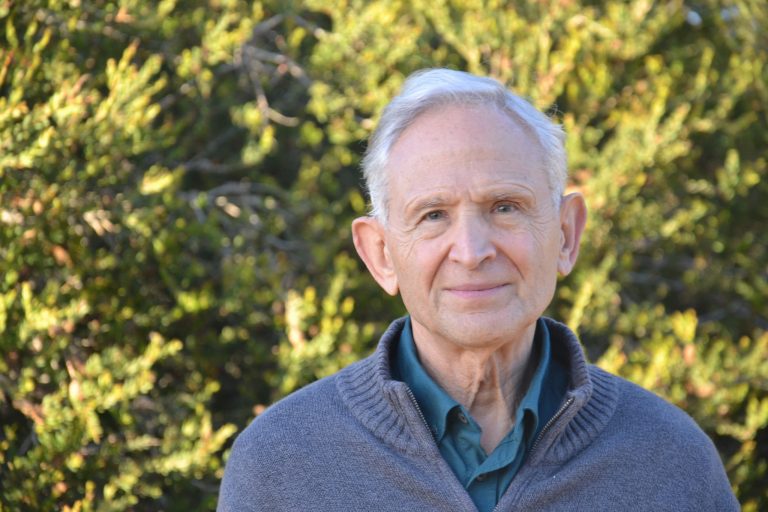
Peter A. Levine, Ph.D., holds doctorates in both medical biophysics and psychology. The developer of Somatic Experiencing®, a body-awareness approach to healing trauma, and founder of the Somatic Experiencing Trauma Institute, which conducts trainings in this work throughout the world and in various indigenous cultures, with 26 faculty members and over five thousand students. Dr. Levine was a stress consultant for NASA on the development of the space shuttle project and was a member of the Institute of World Affairs Task Force of Psychologists for Social Responsibility in developing responses to large-scale disasters and ethno-political warfare. Levine’s international best seller, Waking the Tiger: Healing Trauma, has been translated into 22 languages. His recent interests include the prevention of trauma in children, and he has co-written two books, with Maggie Kline, in this area: Trauma Through a Child’s Eyes and Trauma-Proofing Your Kids. His most recent book: Trauma and Memory: Brain and Body in a Search for the Living Past, was recently released to rave reviews. Levine’s original contribution to the field of body psychotherapy was honored in 2010 when he received the Lifetime Achievement award from the United States Association for Body Psychotherapy (USABP). Levine was also honored as the recipient of the 2020 Psychotherapy Networker Lifetime Achievement Award.
Meet the Course Expert:
Here’s what therapy experts are saying about Peter Levine and Somatic Experiencing
“Peter Levine has captured the essence of trauma as residing in the ‘unspoken voice’ of our bodies…he provides a marvelous and original perspective on how trauma results in injuries that can be transformed and healed by attention to the natural healing powers that reside deep within every human being.”
–Bessel van der Kolk, MD, New York Times bestselling author and world-renowned trauma expert
“Peter Levine is in the forefront of trauma healing, as theorist, practitioner, and teacher. All of us in the therapeutic community—physicians, psychologists, therapists, aspiring healers, interested laypeople—are ever so much richer for this summation of what he himself has learned.”
–Gabor Maté, MD, author of In the Realm of Hungry Ghosts: Close Encounters with Addiction
“Peter Levine’s work is visionary common sense, pure and simple.”
–Laura Huxley, lifetime partner and collaborator of Aldous Huxley
“Memory has many layers, and Peter Levine has contributed his own unique and powerful way of thinking about how we can understand these systems and optimize their unfolding after trauma. “
–Daniel Siegel, MD, New York Times bestselling author and Executive Director of the Mindsight Institute
“Peter Levine changed the world of trauma treatment: Somatic Experiencing is no longer alternative fringe practice but became a major player in the world of the mainstream psychotherapies.
–Diana Fosha, PhD, director of The AEDP Institute

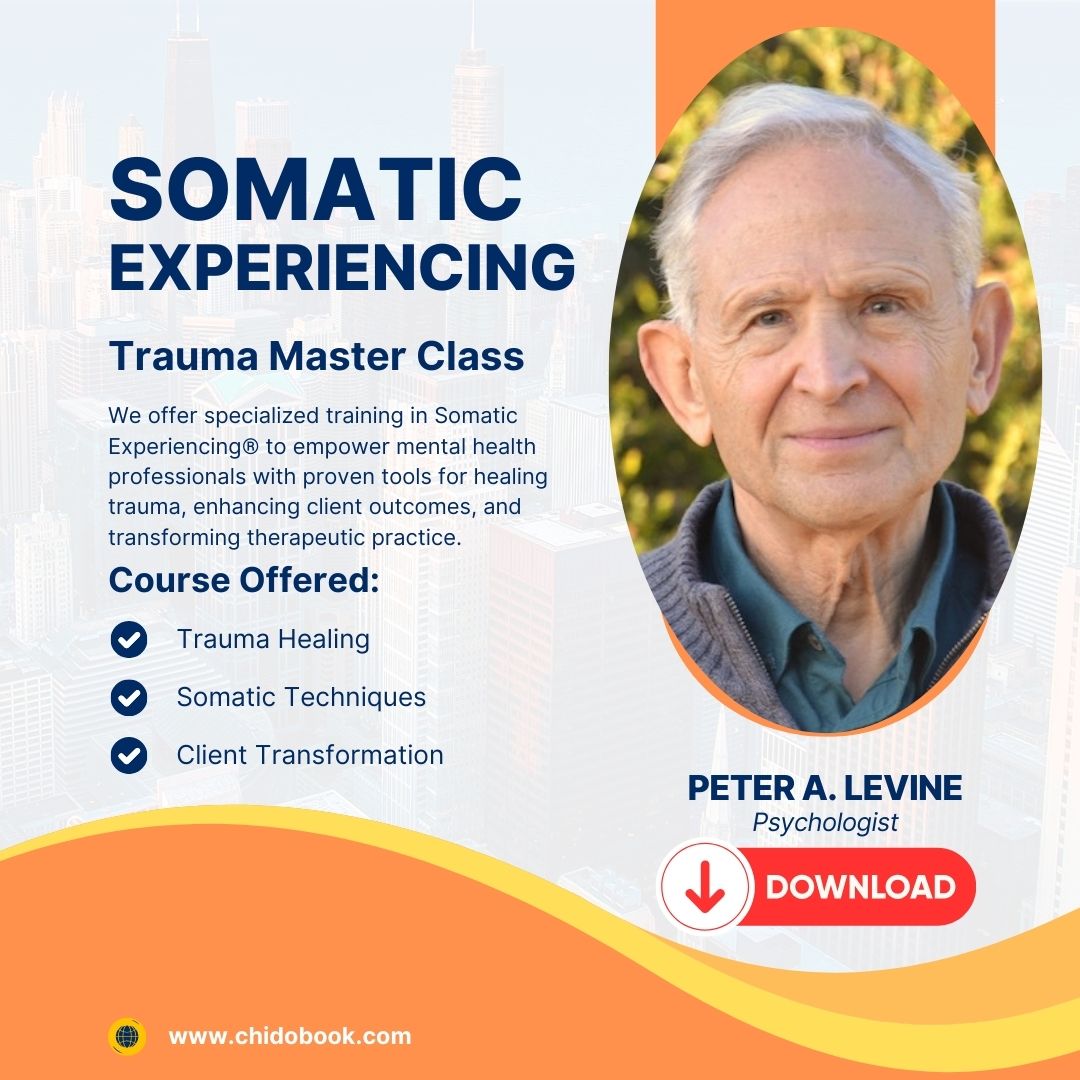
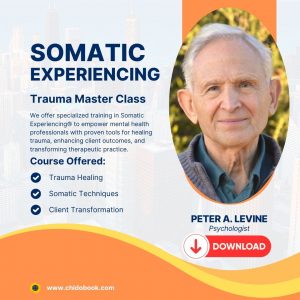
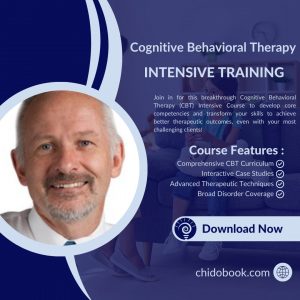
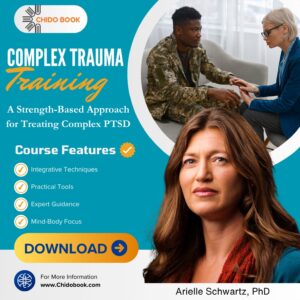

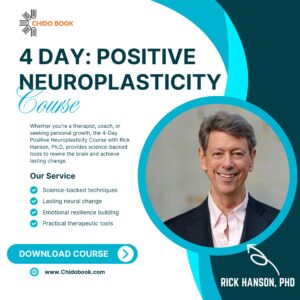



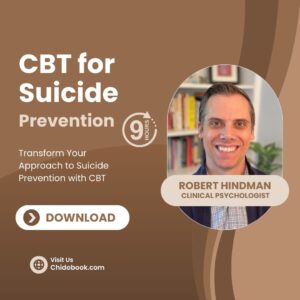
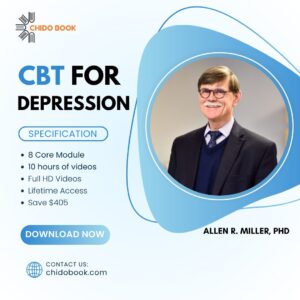
19 reviews for Peter Levine – Somatic Experiencing, Step by Step Master The Body-Oriented Approach to Trauma and Stress Disorders